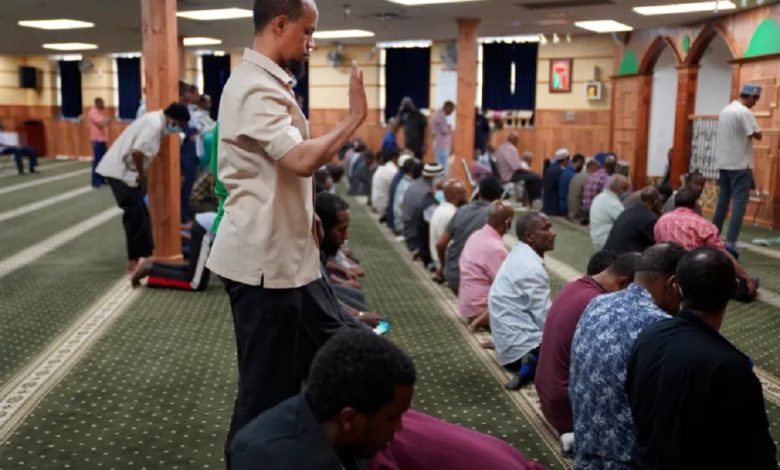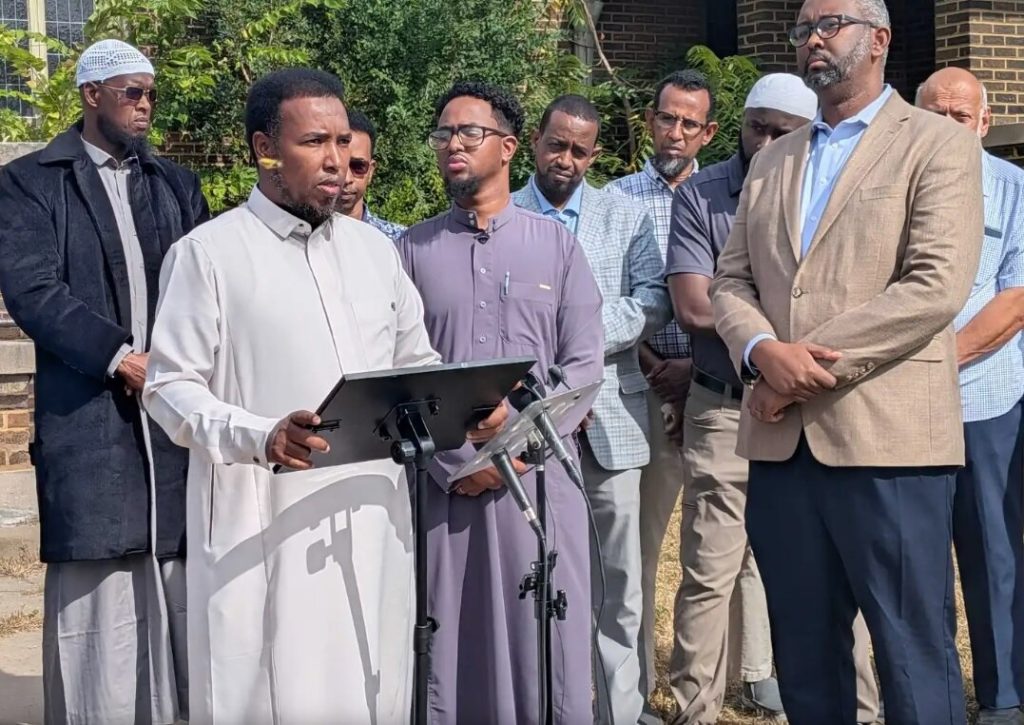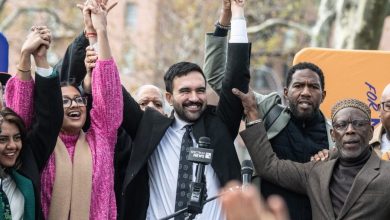The Growing Muslim Community in Small-Town Minneapolis: Faith, Integration, and Resilience in Minnesota
How Muslim families are shaping the cultural and civic life of Minnesota’s small towns beyond the Twin Cities.

Over the past two decades, Minnesota has become one of the most dynamic centers of Muslim life in the American Midwest. While the Twin Cities of Minneapolis and St. Paul have long been home to vibrant mosques, cultural centers, and halal businesses, a quieter transformation has been unfolding beyond the metropolitan core — in small towns and suburban communities surrounding Minneapolis.
New Roots in Small-Town Minnesota
Towns like St. Cloud, Mankato, Willmar, and Faribault have witnessed a steady increase in Muslim residents. Many newcomers are Somali, Sudanese, or Ethiopian refugees who initially settled in Minneapolis but later moved to smaller towns in search of affordable housing, job opportunities, and safer environments for their families. Others include South Asian professionals and Arab-American families attracted by Minnesota’s strong education system and relatively tolerant social climate.
These towns have gradually adapted to accommodate their growing Muslim populations. Halal grocery stores, Islamic schools, and mosques have appeared across central and southern Minnesota, serving as both religious spaces and cultural anchors.

Community Building and Local Integration
In Faribault, the Islamic Center of Faribault stands as one of the oldest mosques in Minnesota, serving Muslims since the 1990s. Similarly, Willmar’s Muslim community, which includes East African, Bosnian, and South Asian immigrants, has become deeply integrated into local life. Muslims in these small towns often work in manufacturing, healthcare, or public service — contributing to the economic and cultural vitality of the region.
Interfaith collaborations have also played a major role. In many towns, churches and synagogues have joined hands with Muslim organizations to promote dialogue, social justice, and refugee support programs. These partnerships reflect Minnesota’s tradition of civic engagement and hospitality, even amid occasional Islamophobic incidents.
Challenges and Resilience
Despite progress, Muslims in small-town Minnesota continue to face challenges — from discrimination in schools and workplaces to political resistance against mosque construction. However, the community’s resilience and civic participation have strengthened over time. Local Muslim leaders emphasize education, outreach, and youth involvement as keys to building understanding and mutual respect.
In St. Cloud, for example, local imams and educators have worked closely with city officials and police departments to foster trust. The result is a slow but steady shift in perception, as more residents recognize the Muslim community’s contributions to the city’s cultural and economic life.

The Future of Muslim Life in Minnesota
As Minnesota continues to diversify, small-town Muslim communities are redefining what it means to be both American and Muslim in the Midwest. They are not just preserving their faith but also shaping a shared future grounded in cooperation, civic responsibility, and social harmony.
For many young Muslims growing up in these towns, Islam is part of everyday life — integrated into school events, local sports, and community service. Their stories reflect a uniquely American experience, one that bridges heritage and modern identity in equal measure.



